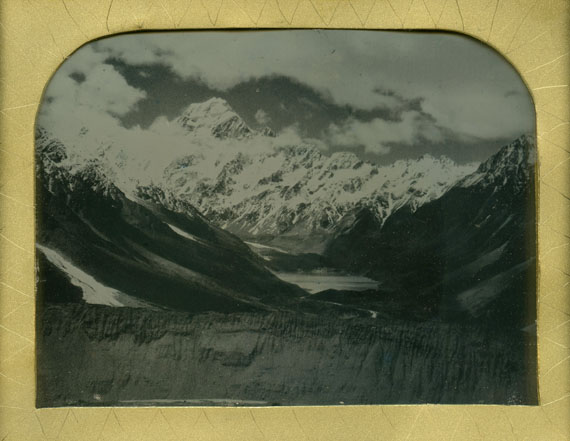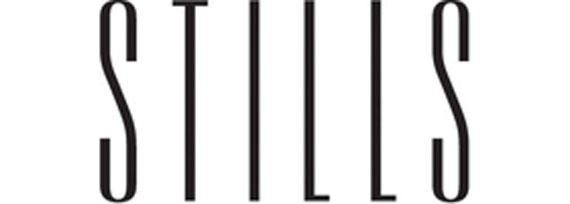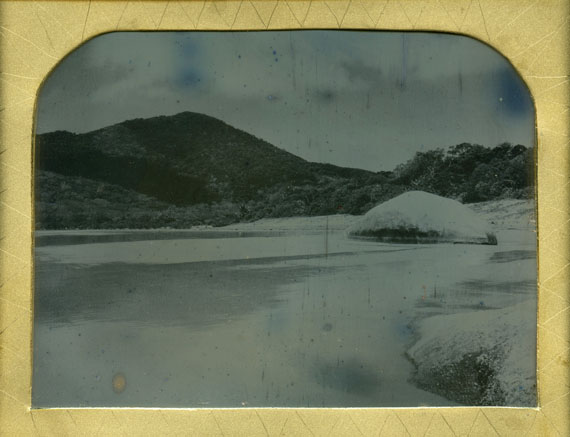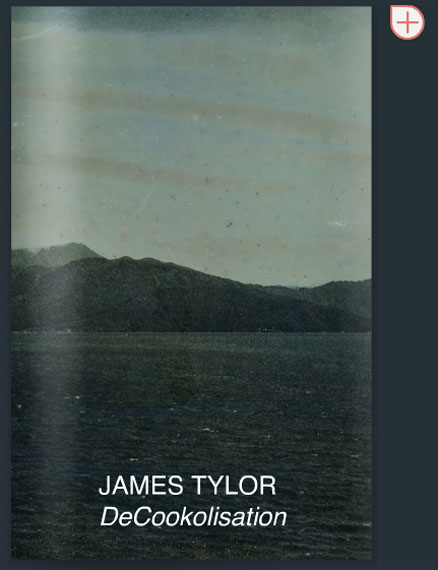
James Tylor »
DeCookolisation
Exhibition: 6 May – 6 Jun 2015

Stills Gallery
36 Gosbell Street . Paddington
NSW 2021 Sydney
+61 2-93317775
info@stillsgallery.com.au
www.stillsgallery.com.au
Wed-Sat 11-17

James Tylor
"DeCOOKOLISATION"
Exhibition: 6 May to 6 June 2015
James Tylor uses daguerreotype and wet plate photographic processes to explore complex issues of identity and cultural representation. These early forms of photography were used to document Indigenous Australian and Maori culture in the 19th century—a link that underpins Tylor’s contemporary investigations into his own Aboriginal, European and Maori descent, and Australia’s colonial past.
In his latest series, DeCookolisation, Tylor uses the Becquerel Daguerreotype to depict places in the South Pacific that were named, by the British, in honour of Capitan James Cook. These include the highest mountain in New Zealand, a town in Northern Australia, and an island nation in the South Pacific—Mount Cook, Cooktown and the Cook Islands.
Using indigenous place names in his artwork titles, however, and finding landscape photographs instead of taking his own, Tylor challenges Cook’s reputation as a heroic ‘discoverer’. Since Aboriginal Australians and Pacific Islanders had been landowners for hundreds or thousands of years before Cook, Tylor suggests that the reality of his fame isn’t one of discovery, but of claiming them for the British Empire.
Mirroring Cook’s unauthorized ‘appropriation’ in the making of DeCookolisation, Tylor sourced images from the Internet without seeking the permission of their original owners. Yet, there is a transformation at play that makes these images conceptually and creatively ‘new’, not least due to the daguerreotype’s mirrored finish. This deliberate shifting of our perceptions renders the borrowed perspectives strange and foregrounds the artist’s intervention, a form of knowing transformation, unlike Cook’s, that is both critical and beautiful.

With the continuing political struggle to ensure just acknowledgement of traditional landowners’ rights, and with issues of artistic copyright and notions of creative ‘originality’ lagging behind a common culture of remix and appropriation, Tylor’s work asks a question that is deeply pertinent to our present-day—when and how is it morally okay to claim other people’s property, and call it your own?
Since graduating in Masters of Visual Arts from the South Australian School of Art, in 2013, James Tylor has achieved considerable success. This year, his work is included in 'The Skin Off Our Time', Contemporary Art Centre of South Australia; 'Aboriginal and Torres Strait Islander Visual Arts Festival', Art Gallery of South Australia; and 'Concrete', Istanbul Biannual, Turkey. In 2014, he was a finalist in '31st Telstra National Aboriginal and Torres Strait Islander Art Award', Museum and Art Gallery of the Northern Territory, and in 2013, he was the recipient of the 'Macquarie Group Emerging Artist Prize', Sydney, NSW. His works are held in the collections of Art Gallery of Western Australia, National Gallery of Victoria, Macquarie Group, Sydney, Monash University Museum of Art, Kluge Ruhe Aboriginal Art Museum, Charlottesville, USA and Australian Embassy, Washington DC, USA.